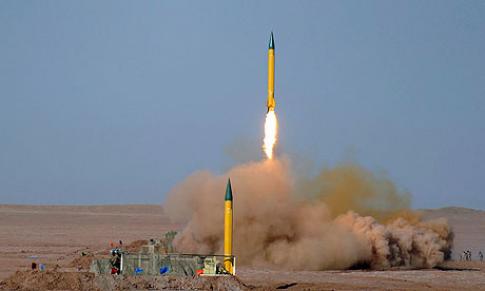Iran sitting on a modern-art goldmine

Tehran’s modern art museum will win acclaim if it takes its splendid collection out of the darkness and puts it on display.
Jonathan Jones
Tehran’s modern art museum will win acclaim if it takes its splendid collection out of the darkness and puts it on display
The art world’s Persian moment is long forgotten. The critic Robert Hughes wrote disdainfully of “one of the odder aspects of the late Shah’s regime”.
To prove their liberalism to the West — as that trenchant observer of Tehran’s 1970s art splurge saw it, watching from New York — the autocratic rulers of what is now the Islamic Republic of Iran went overboard for modern art.
Then boom, the revolution happened, and after that the Shah’s modern art collection disappeared into a basement, condemned as decadent and sacrilegious. Only now, it seems, have today’s rulers of Iran realised that they, in turn, might look a bit more liberal and enlightened if they put some pop art on show. But why now? Tensions with Israel and the U.S. could not be higher. This is clearly a good moment for Iran to show a liberal face. Nothing makes the West go weak at the cultural knees more effectively than modern art.
The treasures this collection boasts are splendid and well chosen. Works by Mary Cassatt and Degas, by Francis Bacon and Roy Lichtenstein, give it real quality and depth. Jackson Pollock’s Mural on Indian Red Ground was painted in 1950 at a critical moment in his breakthrough from a stumbling imitator of Picasso to a dizzying lassoist of curling colour. Magritte’s Therapist is a bronze version of one of this surrealist metaphysician’s most haunting images.
Iran is therefore on to a very good thing. It is sitting on a goldmine of modern art. It will win universal acclaim if it puts it on view. It is surprising how far a Warhol on the wall can go in changing perceptions of a state and its policies. — © Guardian Newspapers Limited, 2012




 del.icio.us
del.icio.us Digg
Digg

Post your comment